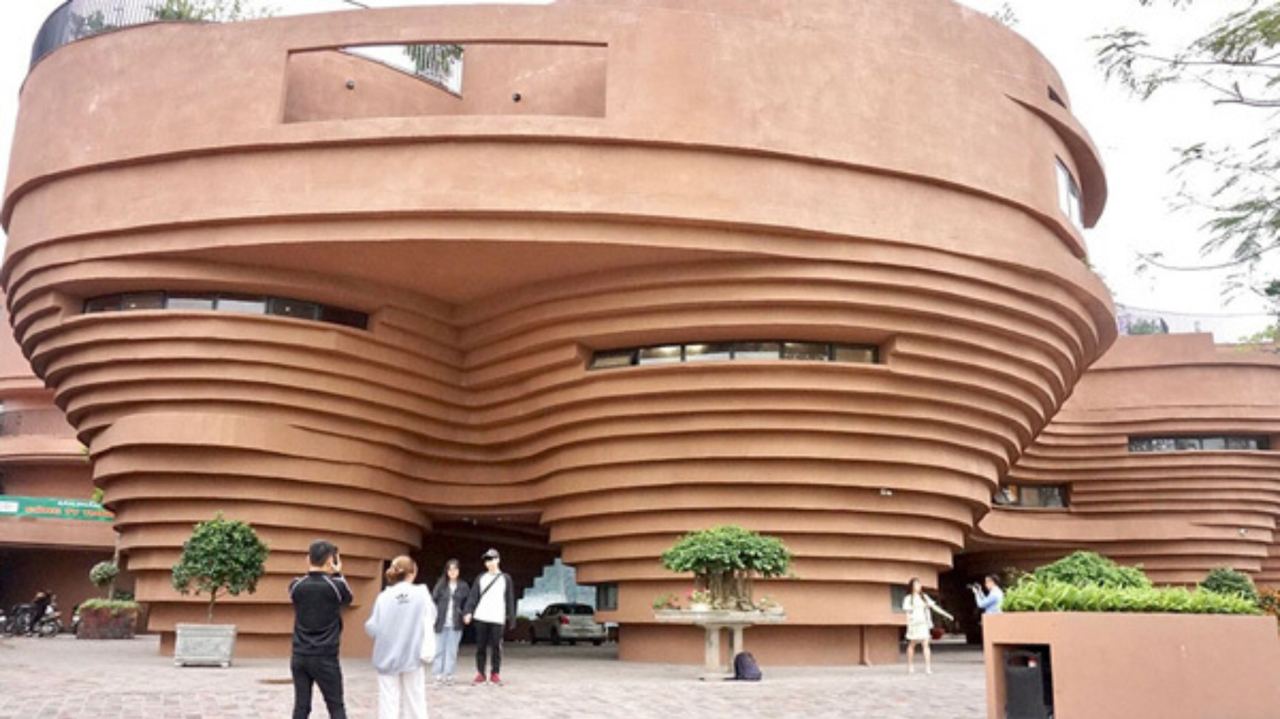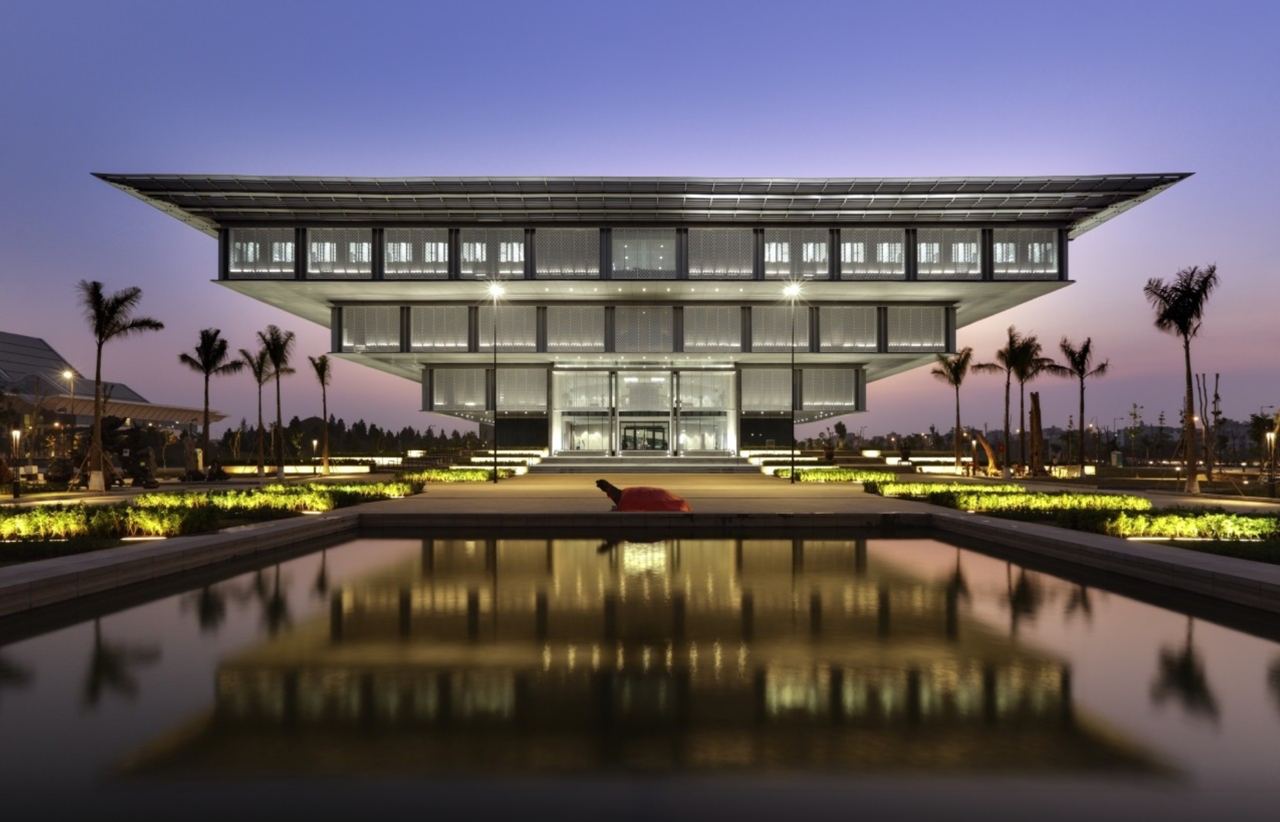Exploring well-known Hanoi museums is the quickest way to remember the exceptional cultural, historical, and aesthetic splendor of this place.
When visiting Hanoi, try once to study more thoroughly the region’s creation, growth, cultural, historical, and aesthetic values in addition to the frequently discussed scenic locales. The most distinctive museums in Hanoi showcase this millennium of human history.
1. Museum of Vietnamese Literature
The Vietnam Literature Museum is a must-visit location for fans of Vietnamese literature and is regarded as a vast treasure, housing thousands of books and authentic artifacts relating to the literature and art of the nation.
The Vietnam Literature Museum is split into three floors, each of which highlights a particular aspect of literature from that time period. The museum’s first floor transports you back to the ancient and medieval eras by showcasing artifacts and papers relevant to that time period’s literature. You can get an overview of the evolution and diversity of Vietnamese literature throughout that time on the second floor, which will concentrate on 20th-century literature. You can find well-known authors from the anti-French colonial era on the third level, especially in Area V, the North, and the South.
Address: Alley 275 Au Co, Tay Ho, Hanoi

2. Ho Chi Minh Museum
This is a place that preserves many meaningful imprints of the Father of the Nation and many great cultural heritages. The delicate and thorough design and arrangement of the Ho Chi Minh Museum features the emblematic white lotus, which stands for the nobility and simplicity of President Ho Chi Minh. Numerous significant artifacts and records pertaining to Uncle Ho’s life and career may be found inside the museum. Visitors can learn more about President Ho Chi Minh here, as well as get a sense of the significance and spirit of the life and revolution to which he remained committed throughout his life.
Address: No. 19 Ngoc Ha, Ba Dinh, Hanoi

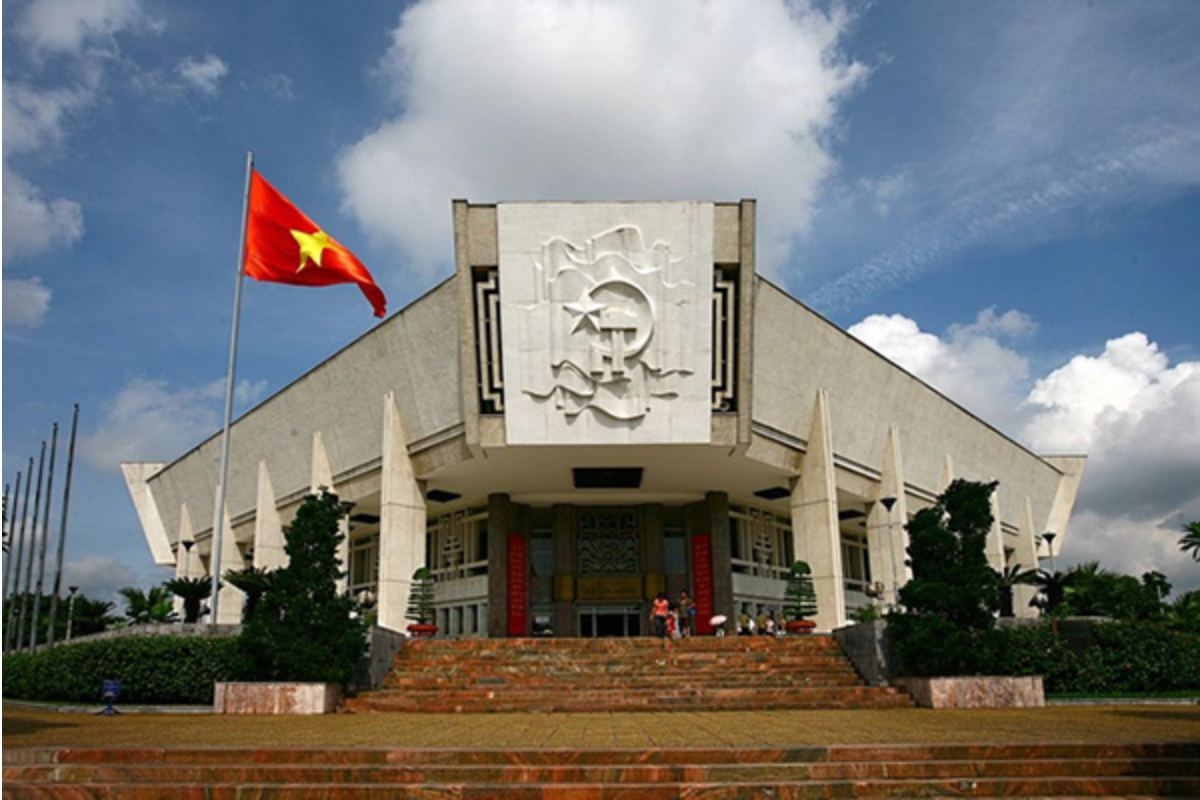
3. Ha Noi Museum
One of the most well-known museums in the city is the Hanoi Museum, which was founded in 1982 on Ham Long Street and houses a sizable collection of artifacts and antiquities. The collection of ceramics, bronze, and stoneware from the Ly, Tran, Le, Nguyen, Chinese, and Japanese dynasties is noteworthy, and there are also thousands of documents outlining the history of Thang Long – Ha Noi.
The Hanoi Museum was wonderfully and contemporarily reconstructed in 2010 in honor of Thang Long – Hanoi’s 1000th anniversary, and it is now located next to the Vietnam National Convention Centre. The structure dazzles with its cutting-edge, gorgeous architecture and expansive campus with plenty of green areas for tourists to pause, rest, and snap pictures.
Address: Pham Hung Street, Me Tri Ward, Nam Tu Liem District, Hanoi City

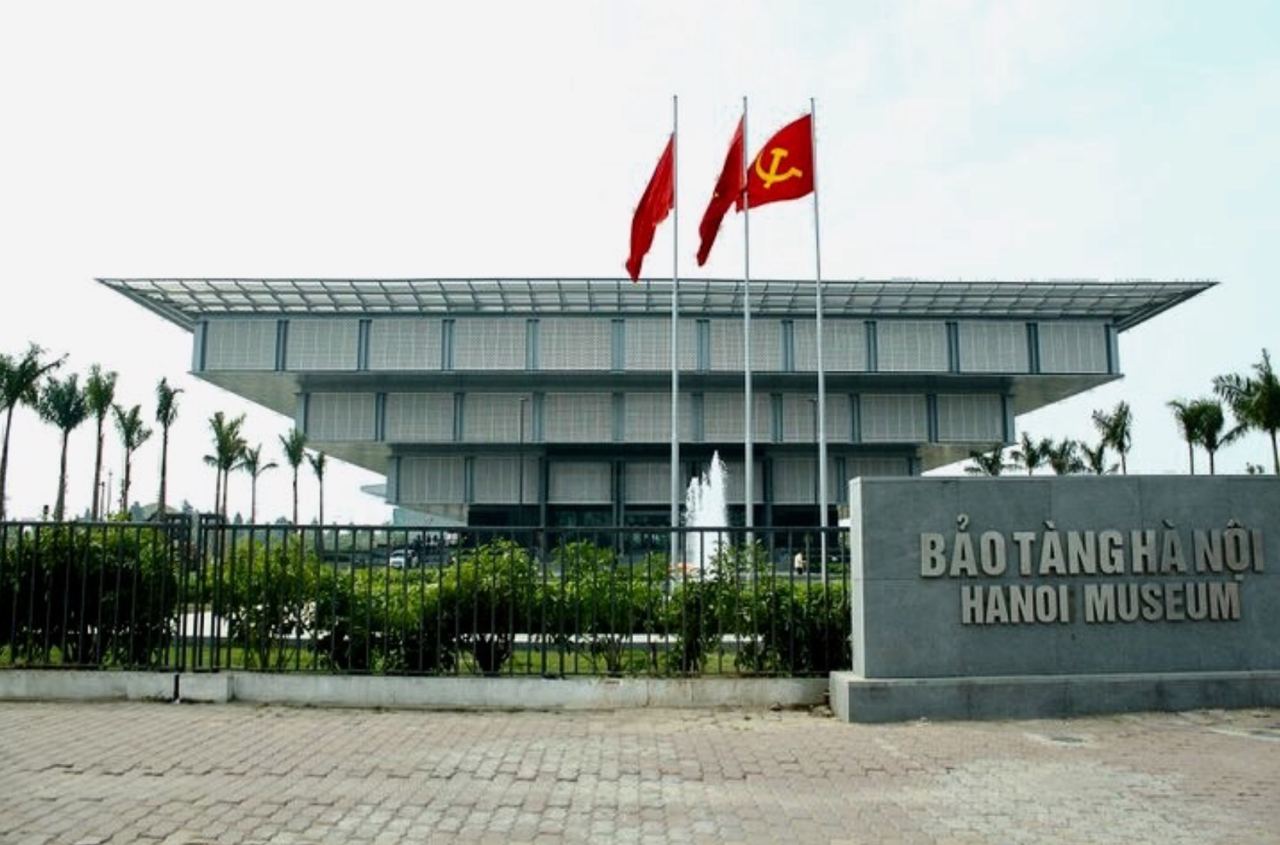
4. Vietnam Art Museum
The Vietnam Fine Arts Museum, which opened its doors in 1966, serves as a repository for the Vietnamese ethnic community’s priceless cultural and creative history. The museum presently houses more than 18,000 domestic artifacts that reflect Vietnamese Fine Arts from antiquity to the present and are organized by historical method, genre, and material to enhance touring. simpler and more practical.
Address: 66 Nguyen Thai Hoc, Dien Ban ward, Ba Dinh district, Hanoi City

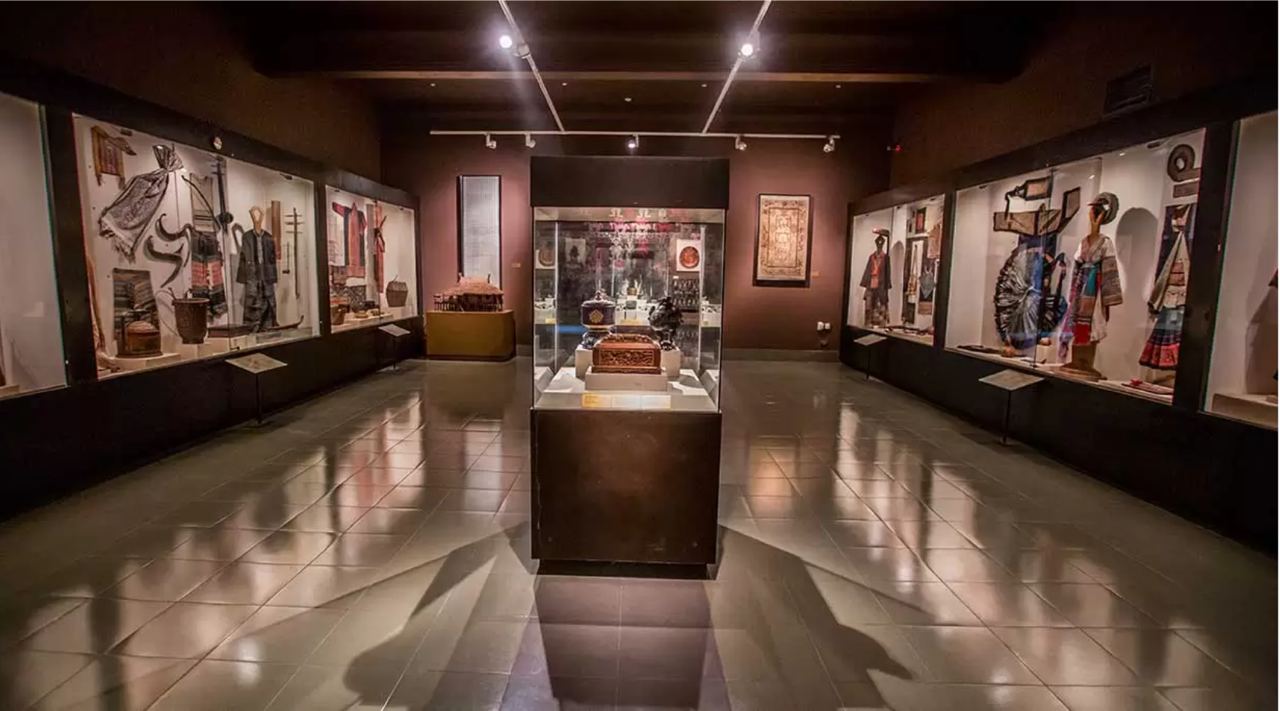
5. Bat Trang Pottery Museum
A brand new check-in location for young people is the Bat Trang Pottery Museum in Hanoi, also known as the Rotating Museum, Bat Trang Museum, located in Bat Trang Pottery village in Gia Lam district.
Coming here, you will be impressed with 7 giant spirals colliding with each other, based on the idea of a ceramic turntable, with multi-faceted curved surfaces, forming a very soft curving architectural block. In addition, this project also thoroughly uses local materials such as fired bricks and Bat Trang tiles to honor the rustic and simple features of the traditional craft village. The museum serves as a venue for community events as well as the introduction and preservation of culture. Visitors can create handmade ceramics there, and the museum encourages cross-cultural interaction.
Address: Village 5, Bat Trang commune, Gia Lam district, Hanoi city

